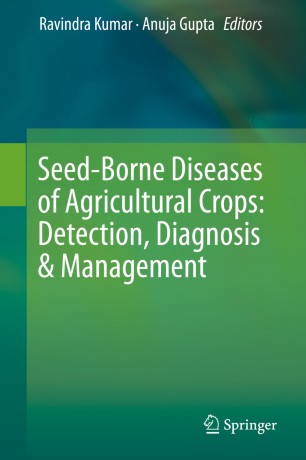

Most ebook files are in PDF format, so you can easily read them using various software such as Foxit Reader or directly on the Google Chrome browser.
Some ebook files are released by publishers in other formats such as .awz, .mobi, .epub, .fb2, etc. You may need to install specific software to read these formats on mobile/PC, such as Calibre.
Please read the tutorial at this link. https://ebooknice.com/page/post?id=faq
We offer FREE conversion to the popular formats you request; however, this may take some time. Therefore, right after payment, please email us, and we will try to provide the service as quickly as possible.
For some exceptional file formats or broken links (if any), please refrain from opening any disputes. Instead, email us first, and we will try to assist within a maximum of 6 hours.
EbookNice Team

Status:
Available0.0
0 reviewsThe global population is increasing rapidly, and feeding the ever-increasing population poses a serious challenge for agriculturalists around the world. Seed is a basic and critical input in agriculture to ensure global food security. Roughly 90 percent of the crops grown all over the world are propagated by seed. However, seed can also harbour and spread pathogens, e.g. fungi, bacteria, nematodes, viruses etc., which cause devastating diseases. Seed-borne pathogens represent a major threat to crop establishment and yield. Hence, timely detection and diagnosis is a prerequisite for their effective management.
The book "Seed-Borne Diseases of Agricultural Crops: Detection, Diagnosis & Management" addresses key issues related to seed-borne/transmitted diseases in various agricultural crops. Divided into 30 chapters, it offers a comprehensive compilation of papers concerning: the history of seed pathology, importance of seed-borne diseases, seed-borne diseases and quarantine, seed health testing and certification, detection and diagnosis of seed-borne diseases and their phytopathogens, host-parasite interactions during development of seed-borne diseases, diversity of seed-borne pathogens, seed-borne diseases in major agricultural crops, non-parasitic seed disorders, mechanisms of seed transmission and seed infection, storage fungi and mycotoxins, impact of seed-borne diseases on human and animal health, and management options for seed-borne diseases.
We wish to thank all of the eminent researchers who contributed valuable chapters to our book, which will be immensely useful for students, researchers, academics, and all those involved in various agro-industries.